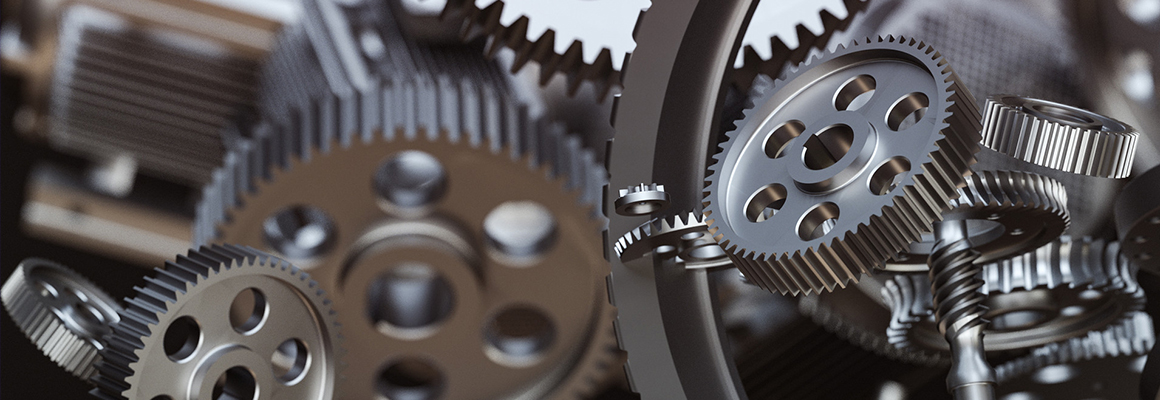What Are the Key Factors in Choosing Submersible Pumps?
Understanding Submersible Pumps
Submersible pumps are essential tools used to move liquids from one location to another, often submerged under water. They are critical in various applications, including agriculture, sewage treatment, and groundwater extraction. When choosing a submersible pump that effectively meets your needs, several key factors come into play.
Are you interested in learning more about Submersible Pump? Contact us today to secure an expert consultation!
1. Determine the Intended Application
Before diving into specific models and features, it's crucial to identify what you will be using the submersible pump for. Different applications require different specifications. For example:
- Sewage and Drainage: If you're pumping sewage or wastewater, you might need a pump designed to handle solid waste, featuring a robust impeller.
- Irrigation: For agricultural use, you should look for a pump that can supply adequate flow rates and maintain consistent pressure, especially in large field applications.
Understanding your application will help you choose a pump that not only works efficiently but also lasts longer in the context of its intended use.
2. Assess the Required Flow Rate and Head Height
The flow rate and head height are two of the most crucial performance factors for any submersible pump.
Flow Rate: This refers to the volume of liquid the pump can move, typically measured in gallons per minute (GPM) or liters per second (L/s). Calculate your needs based on how much fluid you need to move and how quickly you need it done.
Head Height: This is the maximum height the pump can lift water. If your pump needs to move water from a deep well, selecting a pump with sufficient head height is essential.
To evaluate these factors, consult the pump's performance curve, which provides a visual representation of its capabilities.
3. Material and Build Quality
The materials used in constructing a submersible pump play a significant role in its durability and suitability for your specific environment. Common materials include:
Cast Iron: Often found in heavier-duty pumps, cast iron offers strength and resistance to wear.
Stainless Steel: Ideal for corrosive environments, stainless steel pumps are a good choice for applications involving saltwater or acidic fluids.
Thermoplastic: Lightweight and corrosion-resistant, thermoplastic pumps are excellent for residential applications and light-duty tasks.
Choosing the right material will help ensure longevity and reliability, reducing the frequency of repairs and replacements.
Related articles:Is Your Induction Heating Machine Safe for Industrial Use?
4. Energy Efficiency and Operational Costs
TB Oil Seals Price Buy Guide for 2025
Essential Tape Converting Equipment Reviews for Smart Buyers
In today's eco-conscious world, energy efficiency is a critical factor. An energy-efficient submersible pump can not only reduce your carbon footprint but also save you money on electricity bills. Look for:
High-efficiency Motors: Pumps with variable frequency drives (VFDs) are adjustable to the necessary performance levels, optimizing energy use.
Pump Design: Products designed for specific applications often offer better efficiency, helping you achieve the desired outcome without unnecessarily consuming energy.
Investing in an energy-efficient pump can lead to significant savings over time.
5. Installation and Maintenance Considerations
Consider how easy it is to install and maintain the submersible pump. A complicated setup can lead to higher installation costs and longer downtimes during maintenance.
User Manual and Support: Make sure the pump comes with a comprehensive installation manual and consider a manufacturer that offers robust customer support.
Maintenance Features: Some pumps come equipped with features that ease maintenance, such as accessible inspection ports or materials that resist clogging.
Selecting a user-friendly pump can make a big difference in operational efficiency and safety.
Common Questions About Submersible Pumps
What is the typical lifespan of a submersible pump?
The lifespan varies widely depending on the application and maintenance, but with proper care, a submersible pump can last anywhere from 5 to 15 years.
Can submersible pumps be used for both clean and dirty water?
Yes, there are submersible pumps designed specifically for both clean and dirty water. Make sure to choose one that matches your specific needs.
Do I need a professional to install my submersible pump?
While some pumps are designed for DIY installation, hiring a professional is recommended for complex systems or if you're unsure about the process.
With this comprehensive guide, you should feel well-equipped to make an informed decision about purchasing a submersible pump. Take your time to consider these factors, and you'll ensure that your investment meets both your immediate needs and long-term objectives.
For more information, please visit Stainless Steel Corrosion Resistant Submerged Pumps.


